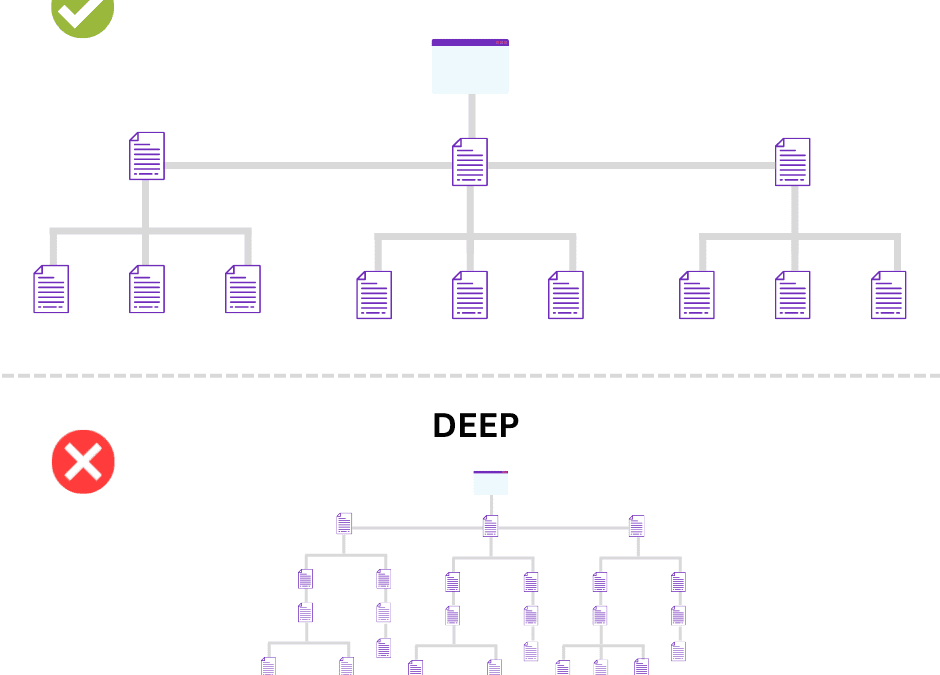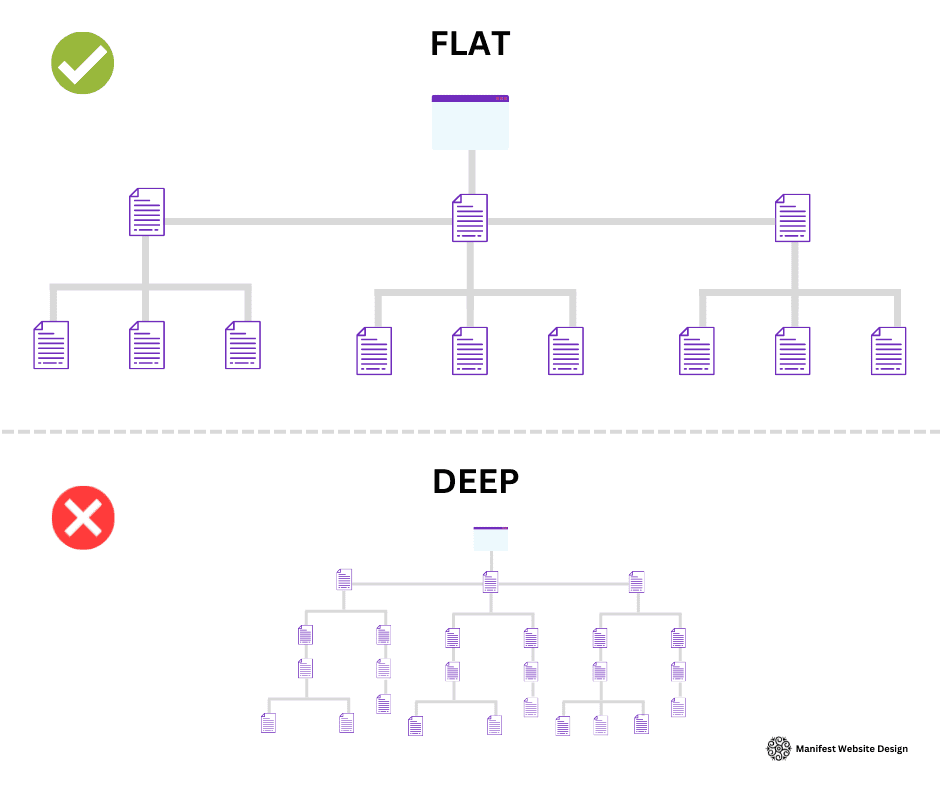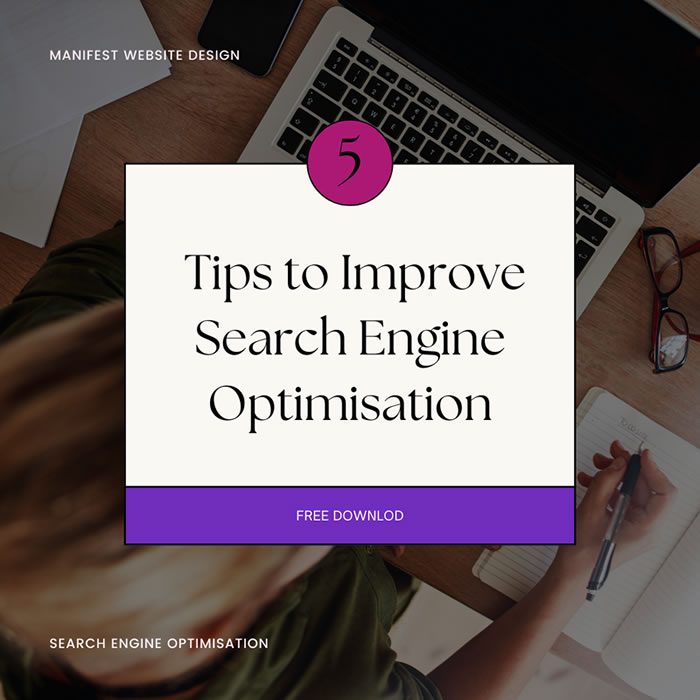How to Optimise Site Structure for Search Engines
Your site structure might not seem like a big deal at first glance, but it’s arguably one of the most crucial technical SEO basics that you need to focus on. A website shouldn’t be a random collection of blog posts and subpages. It should be an organized archive so that search engines and users can easily navigate your site.
So how can you optimise site structure in order to achieve SEO success? Ultimately, you need to know your customer like the back of your hand. Once you know their preferences and questions, you can then create a “flat” blog structure.
Why Your Site Structure Matters
Your website’s architecture refers to how your content is interlinked and presented to users and search engines – in other words, it’s your framework. It makes user navigation a seamless experience, and it helps search engines crawl, index, and understand your content. Think of it as a tree or a pillar-cluster model: How does your homepage branch off to other subpages?
Let’s take a look at a few reasons why you need to take the time to optimise site structure:
1) Get on the Front Page of Google
At the heart of everything you do in your business should be your target audience. Your website’s sole purpose is to put your business’ products and services in front of prospects. You want to land right on their screen, the very first page of Google.
2) Strategic Internal Linking
Links are like votes. The more you group together related pieces of content, you establish link authority, and show search engines that you are an expert in your niche. Don’t try to outplay this or else visitors will notice.
To earn relevant and high-quality backlinks, you want various posts that answer different questions from your target market. This way, you’ll have several pages across your website that provide value to your users, as well as more chances for them to find you on the web.
3) Intuitive Navigation for Users
You know you were able to successfully optimise site structure if pages are easy to reach in as few clicks as possible. No one wants to spend ages looking for the answer to their problem. Modern users want the answer now. You can guide your user through your sales funnel by improving site navigation.
The Best Site Structure – Tested and Proven
1) Research Users’ Search Intent
Content planning is closely tied to keyword research. When you target the different keywords that your target market searches on Google, you’ll gain higher traffic potential. This also helps to prevent keyword cannibalization; if your site has 2 or more pages with the same intent, these pages would be competing in search traffic.
Keyword research data is also useful for wireframing. Your website designer can select main keywords – those high in search volume and organic traffic potential – for top-category pages. A clear and well-defined content hierarchy makes it easy to find a particular topic or piece of content.
2) Optimise Category Pages
A thoroughly planned site structure makes sure that your website stays relevant and future-proof. Remember: The topics and blog posts that seem trendy now may not be as popular or up-to-date a year from now. That’s why you may need to restructure and implement some redirects every now and then. Also, resist the temptation to go overboard with categories. Limit your “buckets” of content.
3) Highlight Cornerstone Content
A website, at its core, is about its cornerstone content. These are the posts you want your viewers to find since these pages offer the most value. A solid site structure should also have evergreen content as it can potentially generate site traffic for years.
4) Plan Site Structure
We recommend that you map out your site structure visually – and we mean everything, from the tabs you see at the top to every single blog post. You can also take inspiration from the site structure of your top-performing competitors to create a sense of familiarity for users. A well-organized logical plan makes use of the pillar-cluster model. The most crucial thing to keep in mind is that your site structure should be flat, not deep – like so:
Hit Google’s Front Page with Manifest Website Design
Your site structure is crucial for your SEO and user experience. Take the time to plan out a website architecture that works for you, your users, and the search engines. When you organize your site by topics, gain link authority, and help people get to the page they want as quickly as possible, you’ll hit the front page of Google in no time. If you want to do an SEO audit and find out how you can scale your site, contact Manifest Website Design today.
Need help?
Start by requesting an audit of your site. It is free.




